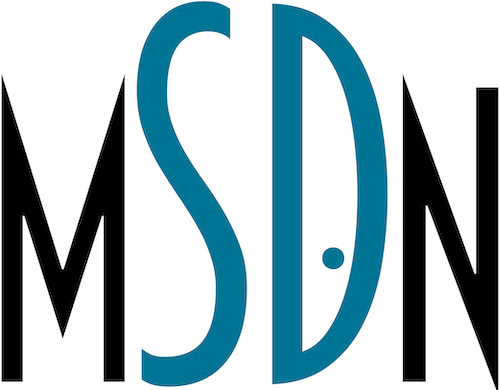It’s hard to effectively describe what makes a good conversation; what’s easy is to identify when you’re in the middle of a bad conversation. You are acutely aware of it, and you’re desperately trying to save it. When all else fails, you want nothing more than to escape it. It’s boring, frustrating, making you uncomfortable, or even worse, making you angry.
The other night I met an older man after a concert. We quickly realized we had friends in common and we were immediately off to the races. Our conversation was so interesting, so engaging, that before I knew it, I realized 30 minutes had gone by. It felt like seconds.

Since then, I’ve been revisiting that conversation. What was it that made it so good? Also, why are good conversations so hard to come by? Am I a good conversationalist? How can I become better?
I want to pick apart the elements of that fascinating conversation, but maybe examining it too closely is a little like learning the secret to a magic trick: it ruins the mystery of it.
Without two willing partners, a good conversation can’t exist.
I’ve come to a conclusion that is probably overly simplistic. An essential ingredient to a good conversation, in my opinion, is:
Eye contact.
Okay, overly intense eye contact can be awkward and creepy. Nobody wants to be stared at. Let me revise my answer:
Attention. Also, curiosity.
What I remember most about the conversation was that, despite the commotion around us, both of us seemed unaware of it. We sat with our bodies facing each other, listening, nodding, asking follow-up questions, or sprinkling in a relevant comment here and there.
My friend Jenny is an excellent conversationalist at dinner parties. She is knowledgeable about so many topics, and when the table conversation starts to lag, she is a pro at gently steering it back on course with really meaty topics that require thoughtful answers. On New Year’s Eve, she had all seven of us around the table thinking about ways we were personally, on a granular level, working to combat the political divisiveness in our country. It was fascinating to go around the table and hear all the answers, everybody’s take on what might help. That’s Jenny’s genius: open-ended questions that can’t be answered with only a few words. If that question hadn’t been posed, the conversation might have continued, but never delved below the shallow surface. It’s hard to tell if we would’ve gotten to that level of thoughtfulness on our own. Instead, we all learned something about our basic beliefs, our view of the world, and the part we play, even if it is just a tiny part.
If coming up with a solid definition of what makes a good conversationalist is too tough, maybe we could approach by process of elimination. Who are the bad conversationalists? And which categories do I fall into that I need to crawl out of?
The Interrupter: I’m not listening to you, and I can’t wait to say what I want to say.
The One-Upper: Anything you can do, I can do better.
The Me Too-er: Anything you’ve experienced, I’ve experienced it more. As soon as you take a breath, I’m ready to talk about myself.
The Dismisser: Everything you say is either wrong or unimportant. Or both.
The Monologuer: Go ahead — try to get a word in edgewise.
The Sidewinder: Tangents galore.
The Yonderer: Something “over yonder” is always more interesting. Things that need my attention include my phone, something just past your face, something over your shoulder, or worse, something over my own shoulder.
I’m craving bare-your-soul stuff. Talk-past-midnight fare. Discussions over steaming cups of tea. Laughter over pizza with extra cheese. Conversations where both of us end up crying and hugging because we’ve shared something deeply personal and we feel that relief of having someone share the weight of the burden. Laughing so hard that our cheeks and stomach muscles hurt. Now that I’ve had some great conversations, I want more.




